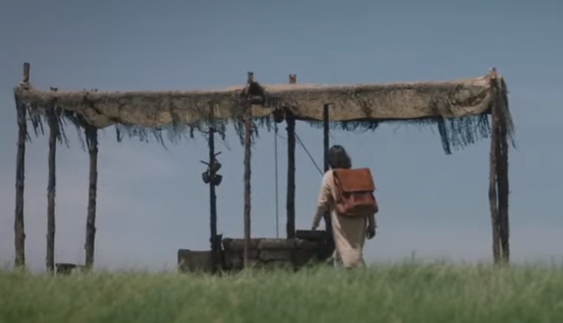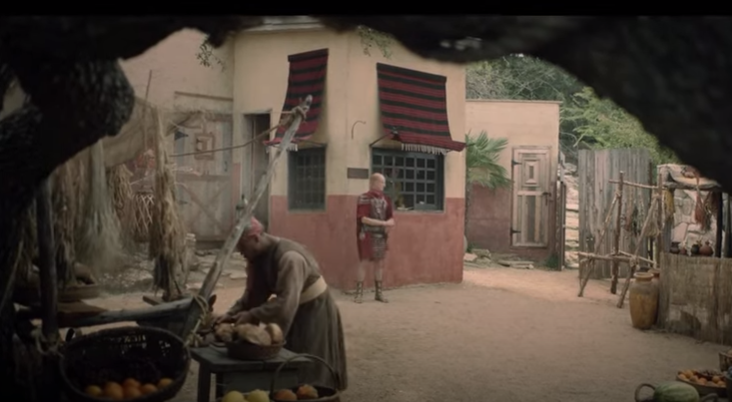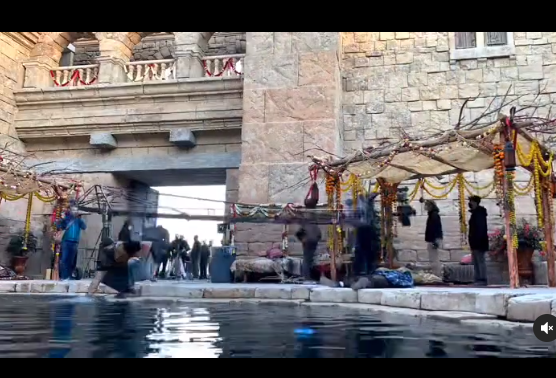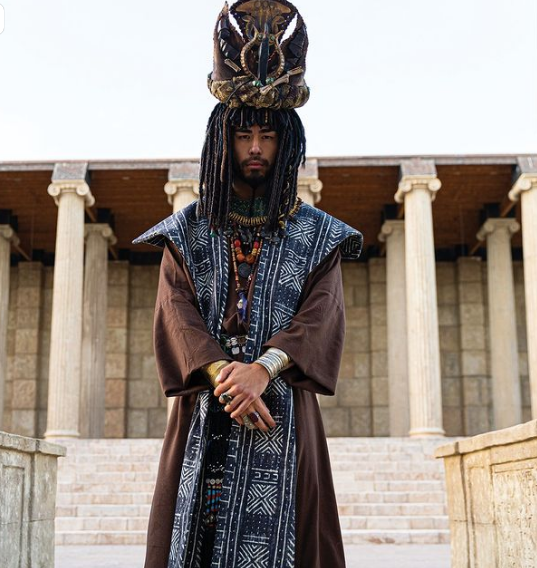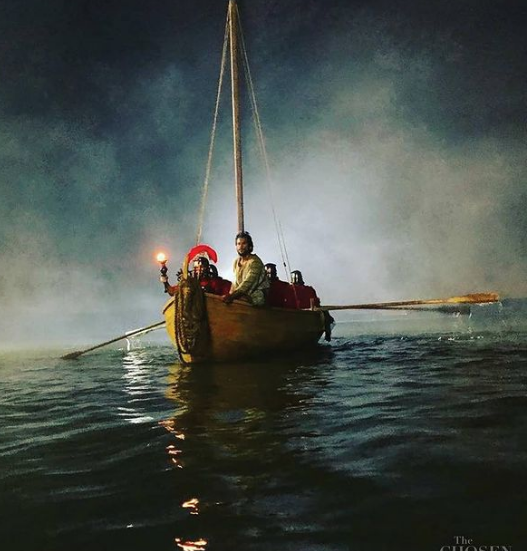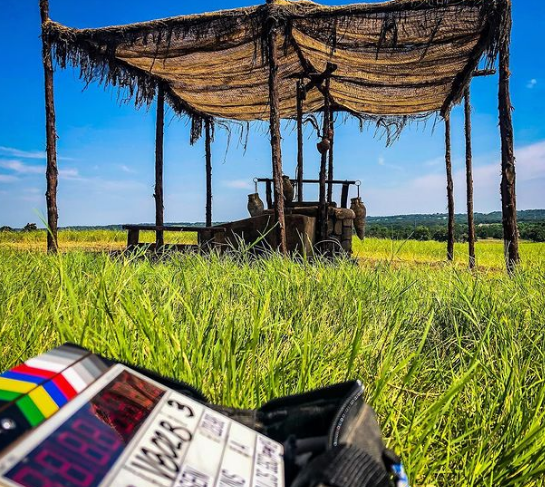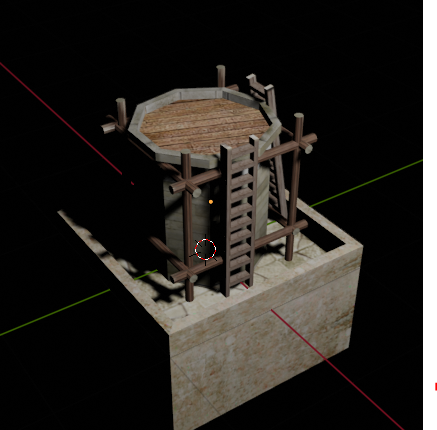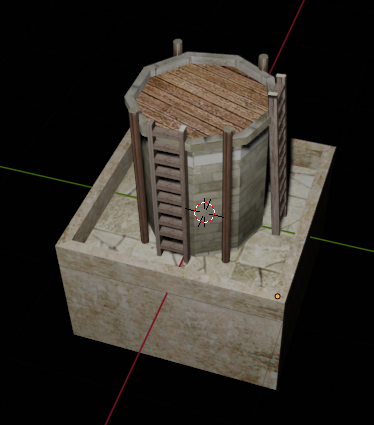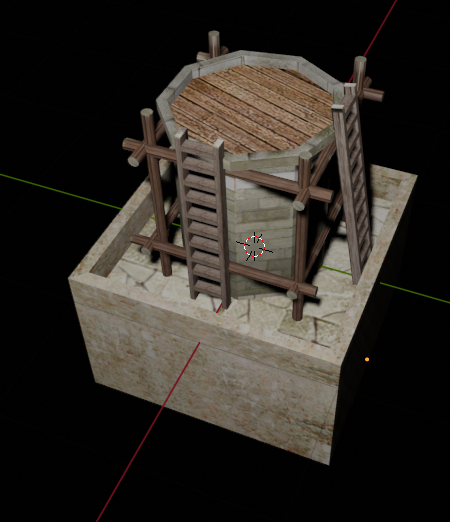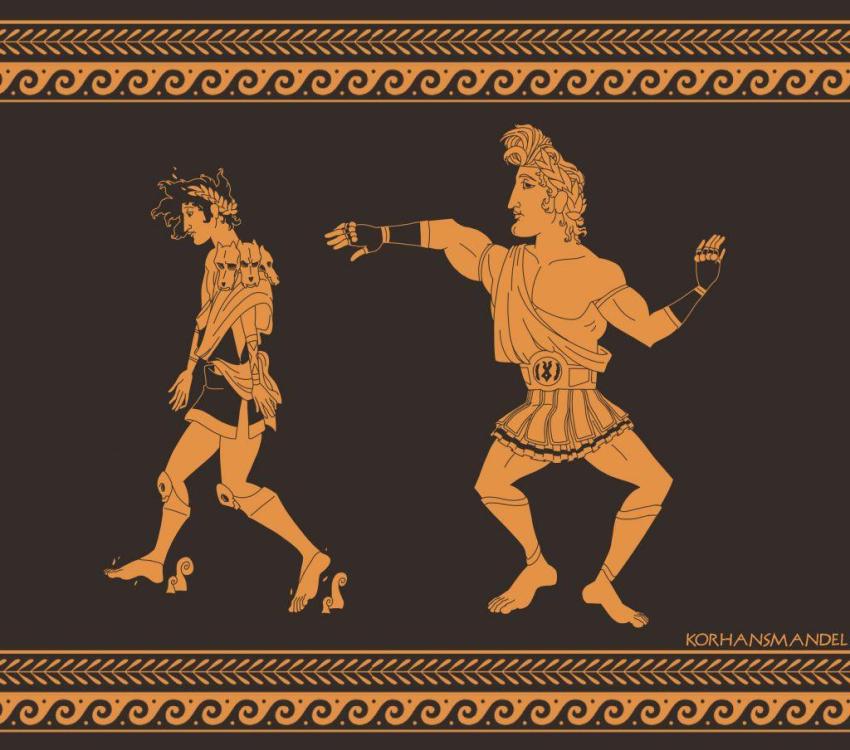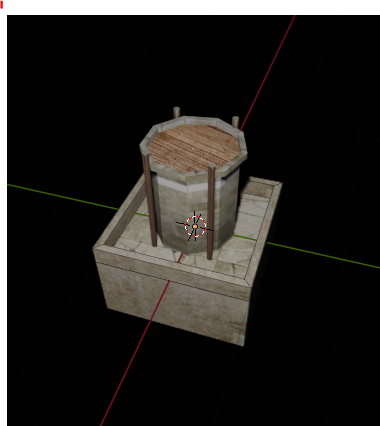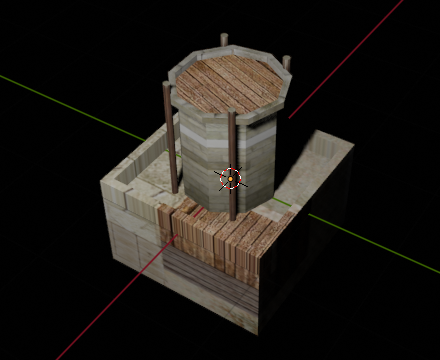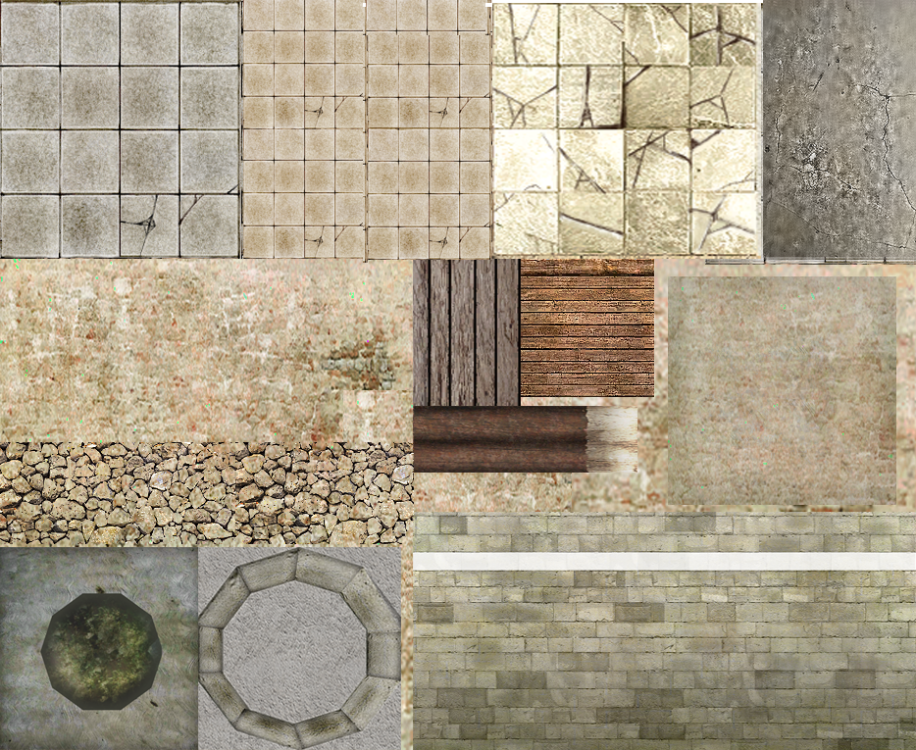-
Posts
25.684 -
Joined
-
Days Won
300
Everything posted by Lion.Kanzen
-
.thumb.png.ce58cea22940c255f5b0a735d5abee36.png)
The Big Eyecandy Progress List
Lion.Kanzen replied to idanwin's topic in Eyecandy, custom projects and misc.
-
.thumb.png.ce58cea22940c255f5b0a735d5abee36.png)
The Big Eyecandy Progress List
Lion.Kanzen replied to idanwin's topic in Eyecandy, custom projects and misc.
-
.thumb.png.ce58cea22940c255f5b0a735d5abee36.png)
Making my own template for buildings.
Lion.Kanzen replied to Lion.Kanzen's topic in Game Modification
-
.thumb.png.ce58cea22940c255f5b0a735d5abee36.png)
[Part II] Faction: Early Muscovite Russia
Lion.Kanzen replied to Le Druide Gaulois's topic in 1,000 A.D.
which one is that? -
.thumb.png.ce58cea22940c255f5b0a735d5abee36.png)
[Part II] Faction: Early Muscovite Russia
Lion.Kanzen replied to Le Druide Gaulois's topic in 1,000 A.D.
Le gusta dibujar edificios y unidades antes que los diseñes. -
Björn Bär! has good content from a visual point of view. You just need to zoom in on the battles to see the action.
-
.thumb.png.ce58cea22940c255f5b0a735d5abee36.png)
Making my own template for buildings.
Lion.Kanzen replied to Lion.Kanzen's topic in Game Modification
-
.thumb.png.ce58cea22940c255f5b0a735d5abee36.png)
Making my own template for buildings.
Lion.Kanzen replied to Lion.Kanzen's topic in Game Modification
-
I've been trying them for free for a long time and then I'll see if I buy them.
-
.thumb.png.ce58cea22940c255f5b0a735d5abee36.png)
[Part II] Faction: Early Muscovite Russia
Lion.Kanzen replied to Le Druide Gaulois's topic in 1,000 A.D.
@Stan` @Lopess @Trinketos @wowgetoffyourcellphone I am getting involved with our mods/little projects. if you have any suggestions, since days we didn't have a conceptual artist. -
related
-
.thumb.png.ce58cea22940c255f5b0a735d5abee36.png)
[Part II] Faction: Early Muscovite Russia
Lion.Kanzen replied to Le Druide Gaulois's topic in 1,000 A.D.
It is good that there are always different people. Different people give different solutions. It would be good if you could help us with some concepts. -
Related = \ = 0 A.D Another thing would be for you to suggest mechanics. Here you are talking about another game. And from the multiplayer of another game.
-
.thumb.png.ce58cea22940c255f5b0a735d5abee36.png)
[Part II] Faction: Early Muscovite Russia
Lion.Kanzen replied to Le Druide Gaulois's topic in 1,000 A.D.
Drawing buildings is difficult. Most of us artists don't like it. -
Off topic. I did not see it entertained. But go ahead.
-
.thumb.png.ce58cea22940c255f5b0a735d5abee36.png)
Parthians (or Arsacids) and Sasanians
Lion.Kanzen replied to Mega Mania's topic in General Discussion
@Radiotraining Can you think of alternatives for CC? I want a bigger dome. Make it look like a government palace. -
.thumb.png.ce58cea22940c255f5b0a735d5abee36.png)
[Part II] Faction: Early Muscovite Russia
Lion.Kanzen replied to Le Druide Gaulois's topic in 1,000 A.D.
You are concept artist? -
.thumb.png.ce58cea22940c255f5b0a735d5abee36.png)
Making my own template for buildings.
Lion.Kanzen replied to Lion.Kanzen's topic in Game Modification


